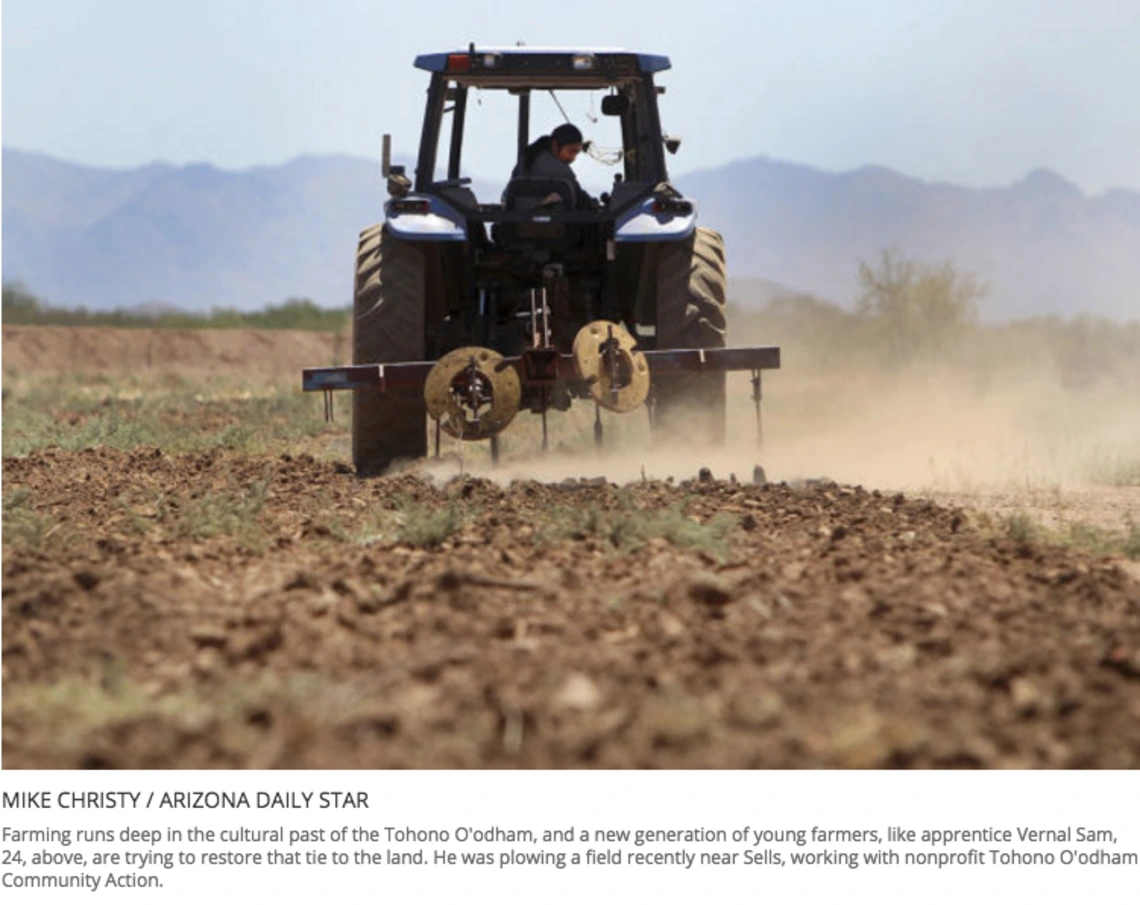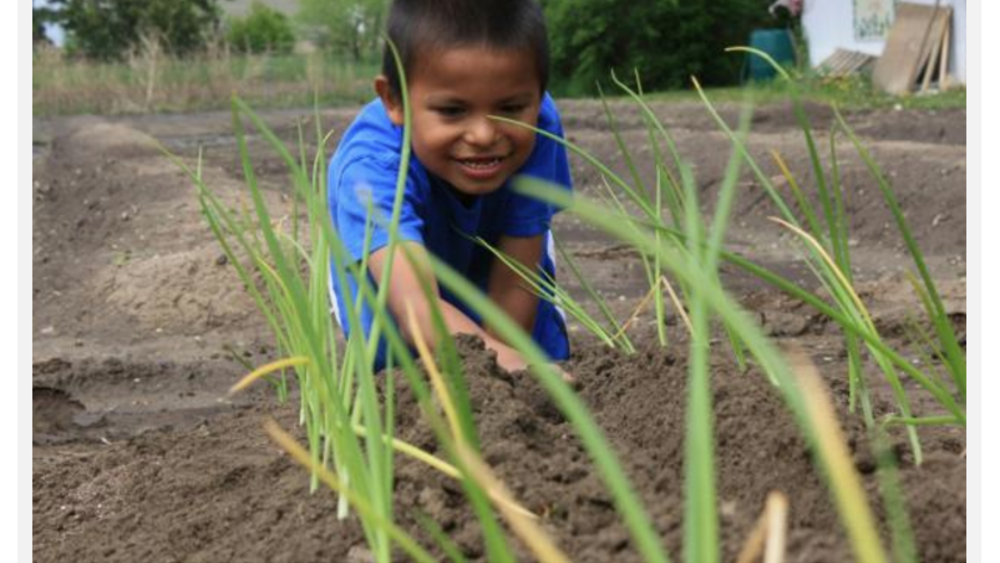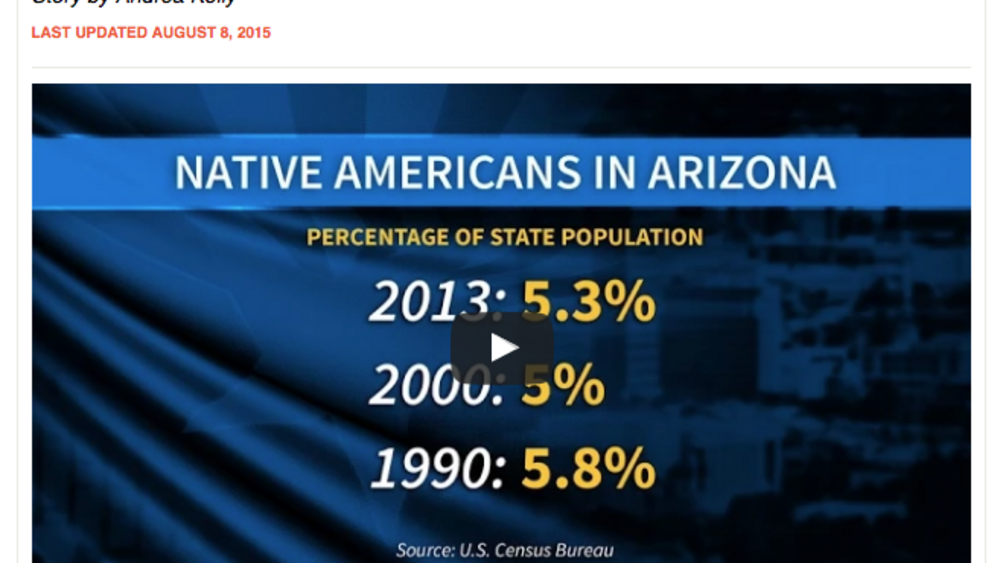For aspiring farmer, Vernal Sam, 24, the physical labor came easily. Like many Tohono O'odham, he'd helped out on his uncle's cattle ranch as a kid, bringing in cash when his family needed it, and he'd helped his grandfather bury traditional tepary beans and squash seeds in the brown clay soil. What felt different about his new farm apprentice job was the sense of possibility within the bounds of the reservation...
Additional Information
Bregel,Emily. "A Solution: Sowing the future for tribal youth." Arizona Daily Star. August 08, 2013. Article. (http://tucson.com/news/local/sowing-the-future-for-tribal-youth/article..., accessed February 24, 2023)



